Bald cypress in chalky soil (and water rich soil)
User
8 years ago
Featured Answer
Sort by:Oldest
Comments (85)
wisconsitom
8 years agowantonamara Z8 CenTex
8 years agolast modified: 8 years agoRelated Discussions
MY First try at yamadori; collected bald cypress
Comments (2)Hey Dob- Great post! Just wanted to express my support for you as we are obviously in very similar places!! Best of luck!...See Morebald cypress babies
Comments (8)Hi, don't use 'dust' in any mix for any tree anytime as it will clog pores of the roots. I don't know what 'level' sand is (levelling?) but sand per se isn't good either unless it's really larger grit of some kind. Potting mix is usually mostly peat moss, so 'organic' soil (?) would not be needed (or the peat wouldn't). Haydite plus turface plus granite is overkill - either haydite or turface alone is fine, with the pine. A little(read italics there please) coarse soil could be added. Personally I just would use aquarium gravel (small and/or medium) plus bark and maybe a little perlite for almost anything if you know how to water properly, and taxos shouldn't be allowed to dry out of course, but don't need to stand in water full time at all either (they grow all over in 'regular' ground soil). A balanced houseplant fertilizer is fine for most trees most of the time except that conifers need next to no nitrogen in the late summer through winter....See Moretoo late in summer to germinate bald cypress?
Comments (2)Seeds mature by fall, and they fall to the ground from late October to November. The cones are green maturing gray-brown this is when they start to fall. They hold from 9 to 15 4-sided scales, each bearing up to two triangle-shaped seeds. Seeds remain viable for less than one year. The exact requirements for moisture immediately after seed dispersal seems to be the key to the survival and distribution of cypress. Under swamp conditions, the best seed germination generally takes place on a sphagnum moss or a wet-muck seedbed. An abundant supply of moisture for a period of 1 to 3 months after seedfall is required for germination. Seed covered with water for as long as 30 months may germinate when the water receeds. On better drained soils, seed usually fails to germinate successfully because of the lack of surface water. In the wild the majority of the seeds will only germinate after 1-3 months of submergence after water has caused the hard seed coats to swell and soften. The best seed germination also occurs on wet, organic, or peaty soils. Seedlings sprout when the water recedes, and the ground remains saturated during the growing season. Seedlings require light for good growth, thus control of competing vegetation is necessary....See MoreCentral Texas bald cypress
Comments (13)Plants77, Lowes and Home Depot in Austin gets BC from nurseries in East Texas (I checked the tag showing the name of the nursery growing BCs) so I wouldn't be surprised that they do badly in alkaline soil if they got the seeds from east Texas source. I don't know about San Antonio since I don't go down there very often. My wife's family is from Austin so I go there quite often. I did see some BCs that aren't doing good there though so I just assumed they came from east part of Texas. This is the picture of cypress in Midlothian sitting on limestone bedrock. You could say that this tree got me interested in cypress trees last year and started looking more into it. I've learned some interesting stuff about it....See MoreSmivies (Ontario - 5b)
8 years agowantonamara Z8 CenTex
8 years agowisconsitom
8 years agoUser
8 years agowantonamara Z8 CenTex
8 years agolast modified: 8 years agoedlincoln
8 years agoUser
8 years agoscotjute Z8
8 years agoUser
8 years agoUser
8 years agoUser
8 years agowisconsitom
8 years agowantonamara Z8 CenTex
8 years agolast modified: 8 years agowisconsitom
8 years agoUser
8 years agoUser
8 years agowantonamara Z8 CenTex
8 years agolast modified: 8 years agoUser
8 years agolast modified: 8 years agowisconsitom
8 years agoUser
8 years agoUser
8 years agoUser
8 years agoUser
8 years agoUser
8 years agoscotjute Z8
8 years agowantonamara Z8 CenTex
8 years agoUser
8 years agolast modified: 8 years agoUser
8 years agowantonamara Z8 CenTex
8 years agoUser
8 years agoUser
8 years agoUser
8 years agolast modified: 8 years agoUser
8 years agoUser
8 years agolast modified: 8 years agowisconsitom
8 years agoUser
8 years agoUser
8 years agowantonamara Z8 CenTex
8 years agoUser
8 years agoUser
8 years agowisconsitom
8 years agoUser
8 years agoUser
8 years ago
Related Stories

LANDSCAPE DESIGNFlood-Tolerant Native Trees for Soggy Soil
Swampy sites, floodplains, even standing water ... if you've got a soggy landscape, these trees are for you
Full Story
GARDENING GUIDES10 Solutions for Soggy Soil
If a too-wet garden is raining on your parade, try these water-loving plants and other ideas for handling all of that H2O
Full Story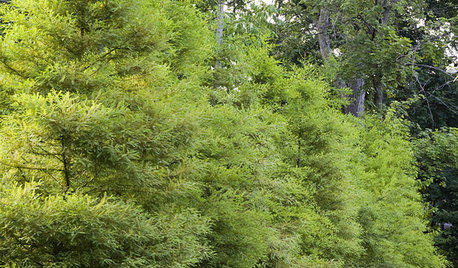
GARDENING AND LANDSCAPINGGreat Design Plant: Bald Cypress
Enjoy this beautiful tree's feathery foilage, fall color and tolerance of wet and dry soils
Full Story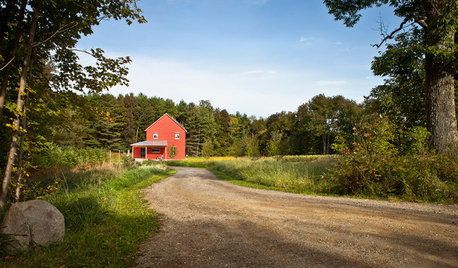
THE ART OF ARCHITECTUREFinding the Perfect Home for a New House
Sun, soil, water, topography and more offer important cues to siting your house on the land
Full Story
HOUSEPLANTSBaby Tears Mimics Moss for a Green Accent Indoors
This adaptable spreader thrives in water or soil, making it a terrific addition to containers and living walls
Full Story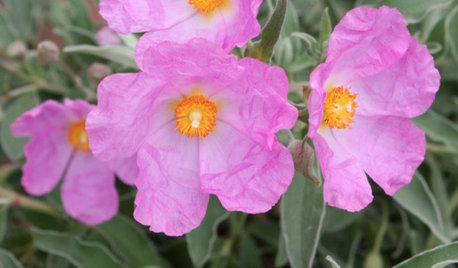
GARDENING GUIDESGreat Design Plant: Rockrose
Dry summer heat and poor soil won't quell the profuse papery blossoms of rockrose, a low-maintenance champion
Full Story
GARDENING GUIDESNew Ways to Think About All That Mulch in the Garden
Before you go making a mountain out of a mulch hill, learn the facts about what your plants and soil really want
Full Story
GARDENING AND LANDSCAPINGBuild a Raised Bed to Elevate Your Garden
A bounty of homegrown vegetables is easier than you think with a DIY raised garden bed to house just the right mix of soils
Full Story
LANDSCAPE DESIGNGet Along With Less Lawn — Ideas to Save Water and Effort
Ditch the mower and lower your water bill while creating a feast for the eyes with diverse plantings and gathering places
Full Story
GARDENING GUIDES7 Ecofriendly Gardening Ideas That Also Cut Chore Time
Spend less time weeding, less money watering and more moments just sitting back and enjoying your healthy garden
Full StorySponsored
Your Custom Bath Designers & Remodelers in Columbus I 10X Best Houzz





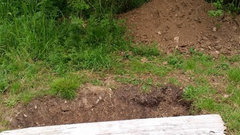
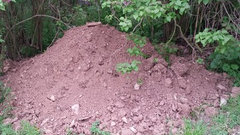


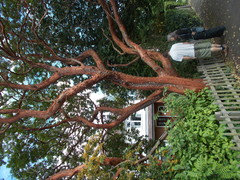
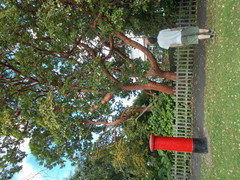


wantonamara Z8 CenTex